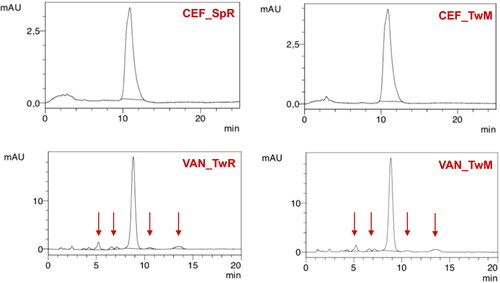Figures & data
Figure 1. Degradation pathway of cefuroxime sodium (Wang & Notari, Citation1994).

Figure 2. Mechanism of VAN degradation in aqueous environment (Antipas et al., Citation1994).
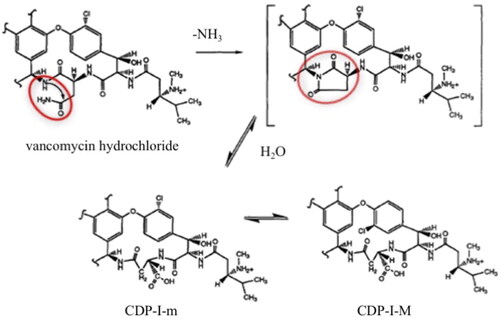
Table 1. The composition of investigated SEO formulations.
Table 2. HPLC analysis parameters for CEF and VAN.
Table 3. Composition of Mueller Hinton 2 LAB-AGAR™ (BioMaxima, Lublin, Poland).
Table 4. Formulations and microorganisms tested in the microbiological study.
Figure 3. Microscopic images of SEO suspensions with CEF (in SEO consisted of span and Miglyol) and VAN (in SEO consisted of tween and castor oil).
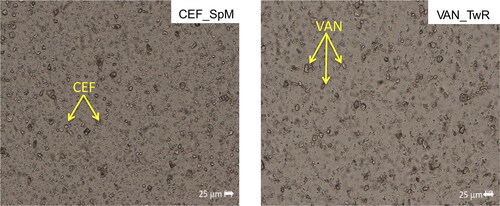
Figure 4. The appearance of the obtained emulsions after dilution of SEO suspensions with water (1:10 w/w). (A) CEF emulsions with Miglyol, (B) VAN emulsions with olive oil, and (C) CEF emulsions with castor oil.

Figure 5. Microscopic images of the emulsions obtained after dilution CEF_TwM (CEF in SEO consisted of tween and Miglyol) and VAN_SpR (VAN in SEO composed of span and castor oil) suspensions with water (1:10 w/w).
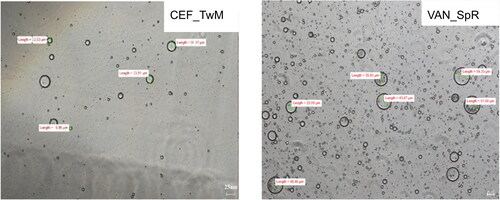
Table 5. The physicochemical properties of the emulsions obtained after dilution with water (1:10) of VAN and CEF suspensions in SEO.
Figure 6. Stability of CEF and VAN in 5% aqueous solutions stored for 4 weeks at a temperature of 25 °C (VAN_25, CEF_25) and 40 °C (VAN_40, CEF_40).
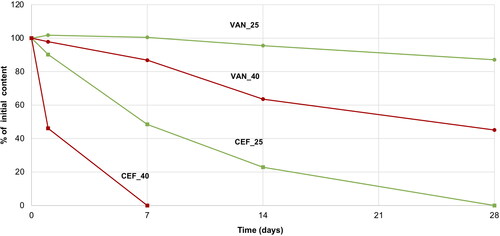
Figure 7. HPLC chromatograms of 5% CEF solution (CEF_T0) in comparison with the solution stored for seven days at 25 °C (CEF25_T7) and 40 °C (CEF40_T7).

Figure 8. HPLC chromatograms of 5% VAN solution (VAN_T0) in comparison with the solution stored for 30 days at 25 °C (VAN25_T30) and 40 °C (VAN40_T30).
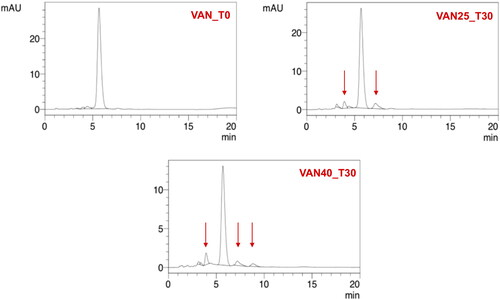
Figure 9. Changes in the content of CEF and VAN in the tested SEO suspensions during one year of storage at 40 °C (the formulation symbols correspond to the compositions presented in ).
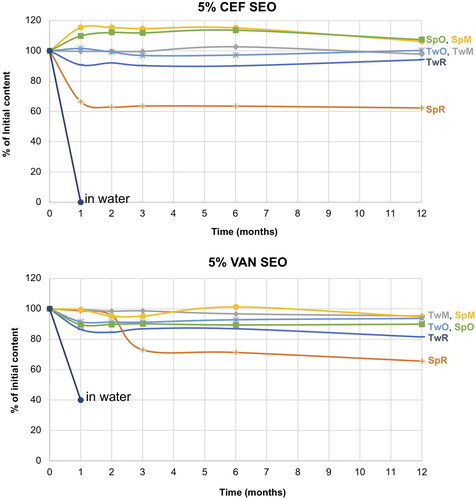
Figure 10. Changes in the content of degradation products in CEF and VAN SEO suspensions during storage at 40 °C for 12 months. *No peaks indicating the presence of degradation products were observed.
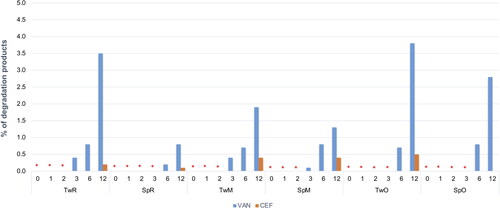
Table 6. Characteristics of emulsions prepared from the stored SEO suspensions (12 months at 40 °C).
Figure 12. Stability of CEF and VAN in SEO (Miglyol and tween 20) with citrate sodium stored for 6 months at 40 °C.

Table 7. Physicochemical parameters of emulsions prepared from the stored (6 months, 40 °C) SEO (Miglyol and tween 20) suspensions with CEF or VAN containing sodium citrate.
Figure 13. SEO (Tween 20 and Miglyol) emulsions with CEF or VAN, with the addition of sodium citrate, obtained by diluting the suspension with water at a ratio of 3:1 (w/w).
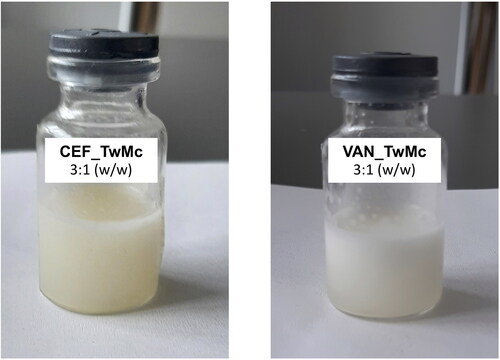
Figure 14. The inhibition zones of tested formulations: with CEF (on the left) and VAN (on the right). Freshly prepared SEO formulations and antibiotic solutions (T = 0) and SEO formulations after 12 months of storage at 25 °C (T = 12 months) are compared.
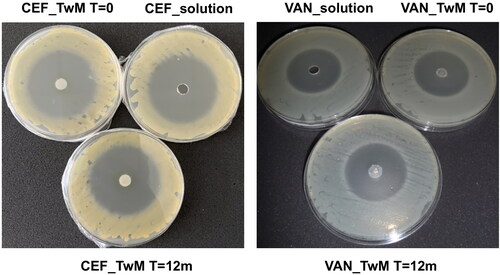
Table 8. The inhibition zones (mean ± SD) measured in the microbiological study of the freshly prepared (T = 0) and stored formulations (n = 5).
Data availability statement
Upon reasonable request, data can be obtained from the corresponding author.

